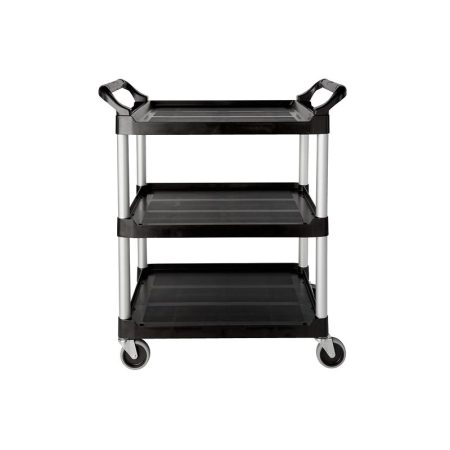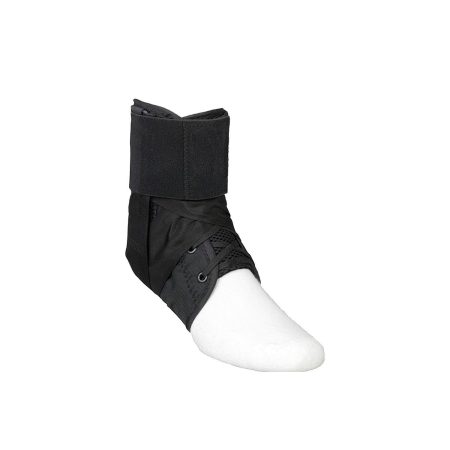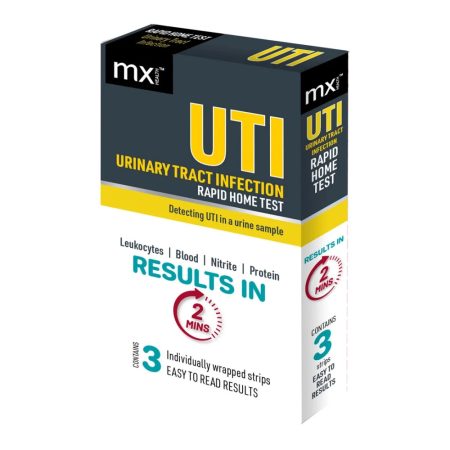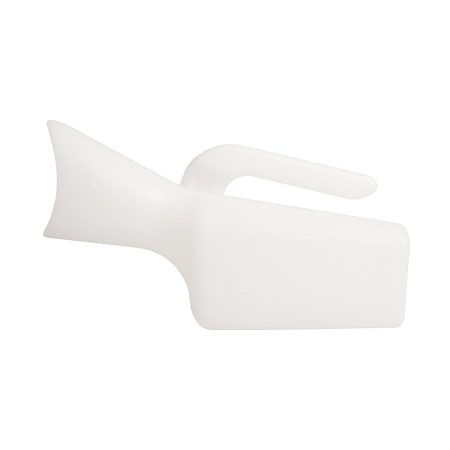Benefits of Head Protectors in Patient Care: Ensuring Safety and Comfort

What are the primary advantages of using head protectors during patient care?
Introduction to Head Protectors
What Are Head Protectors?
Head protectors are specialised gear designed to safeguard the head from injuries. They are particularly beneficial in healthcare for patients at risk of falls or head trauma.
The Role of Head Protectors in Healthcare
In patient care, head protectors play a critical role by reducing the likelihood of head injuries. They provide an added layer of safety, particularly for patients with mobility challenges or neurological conditions.

Enhancing Patient Safety
Prevention of Head Injuries
Head protectors are crucial in preventing head injuries, especially in environments where patients are prone to falls or accidents. They act as a safeguard, absorbing impact and reducing the severity of potential head trauma.
Mitigating Risks in High-Risk Patients
For high-risk patients, such as those with mobility issues, seizure disorders, or undergoing physical therapy, head protectors are a key safety measure. They help in significantly reducing the risk of head injuries, ensuring a safer care environment.
Applications in Different Healthcare Settings
Use in Hospitals
In hospital settings, head protectors are an integral part of patient safety protocols. They are frequently used in:
- Neurology wards for patients with seizure risks or neurological disorders.
- Rehabilitation units for individuals recovering from head injuries or surgery.
- Paediatric wards to protect children, who are particularly prone to falls. This widespread use in hospitals underscores their importance in a range of clinical scenarios, ensuring patient safety across various departments.
Adaptation in Aged Care Facilities
Aged care facilities have a unique set of requirements for head protectors, tailored to the needs of the elderly. Their usage includes:
- Protection for residents with a high risk of falls due to balance issues or medical conditions like Parkinson’s disease.
- Use in memory care units to safeguard patients with Alzheimer’s or dementia, who may be prone to wandering and accidental falls.
- Comfortable, long-term wear for bed-bound patients to prevent head injuries from accidental movements. In these settings, head protectors not only provide safety but also enhance the quality of life for elderly residents, offering peace of mind to both the residents and their caregivers.
Training and Best Practices
Proper Fitting and Use
Ensuring that head protectors are properly fitted and used is crucial for their effectiveness. Key considerations include:
- Size and Adjustability: Selecting the right size and adjusting for a snug, yet comfortable fit.
- Regular Inspections: Checking for wear and tear and ensuring the integrity of the protector.
- Patient Comfort: Regularly assessing patient comfort and making adjustments as needed. Proper fitting not only maximizes protection but also promotes patient compliance and comfort.
Educating Healthcare Staff and Caregivers
Education is fundamental in the effective use of head protectors. Training should cover:
- Correct Application Techniques: Demonstrating how to put on, adjust, and remove head protectors safely.
- Recognition of Risks: Training staff to identify patients who would benefit most from head protection.
- Ongoing Monitoring: Educating caregivers on monitoring for any signs of discomfort or improper fit. This education ensures that all healthcare professionals and caregivers are equipped with the knowledge to use head protectors effectively, thereby enhancing patient safety.

Conclusion
In conclusion, the importance of head protectors in healthcare cannot be overstated. These devices play a crucial role in enhancing patient safety, especially for those at a higher risk of falls and head injuries. Their use in various healthcare settings, from hospitals to aged care facilities, has shown significant benefits in preventing traumatic head injuries and improving overall patient care. The comfort and adaptability of modern head protectors have also contributed to their acceptance and effectiveness. They not only protect the physical well-being of patients but also support their dignity and quality of life.
Looking ahead, the future of head protector use in healthcare is poised for further advancements. Innovations in materials and design are expected to yield even more effective and comfortable protectors. Additionally, the integration of technology, such as sensors for monitoring impacts and patient movement, will enhance the capabilities of these vital safety tools. As awareness of their benefits grows, head protectors are likely to become more prevalent in patient care, continuing to evolve as an essential component of modern healthcare practices.
































